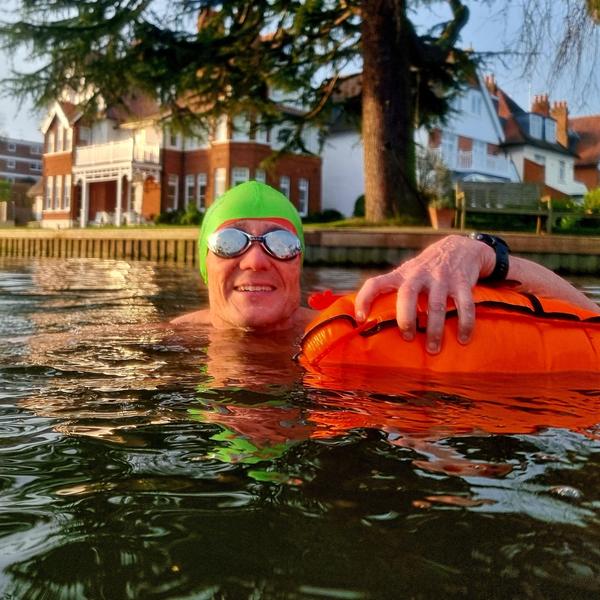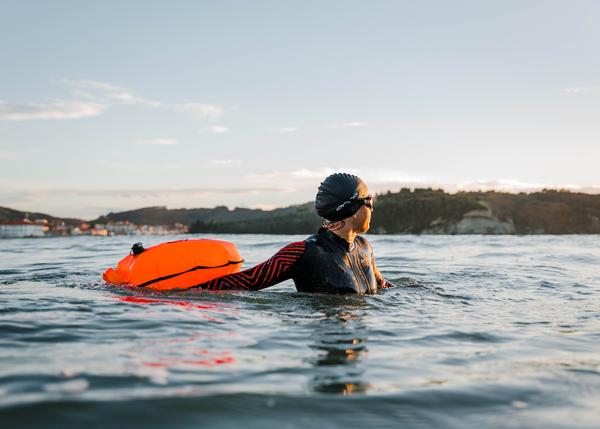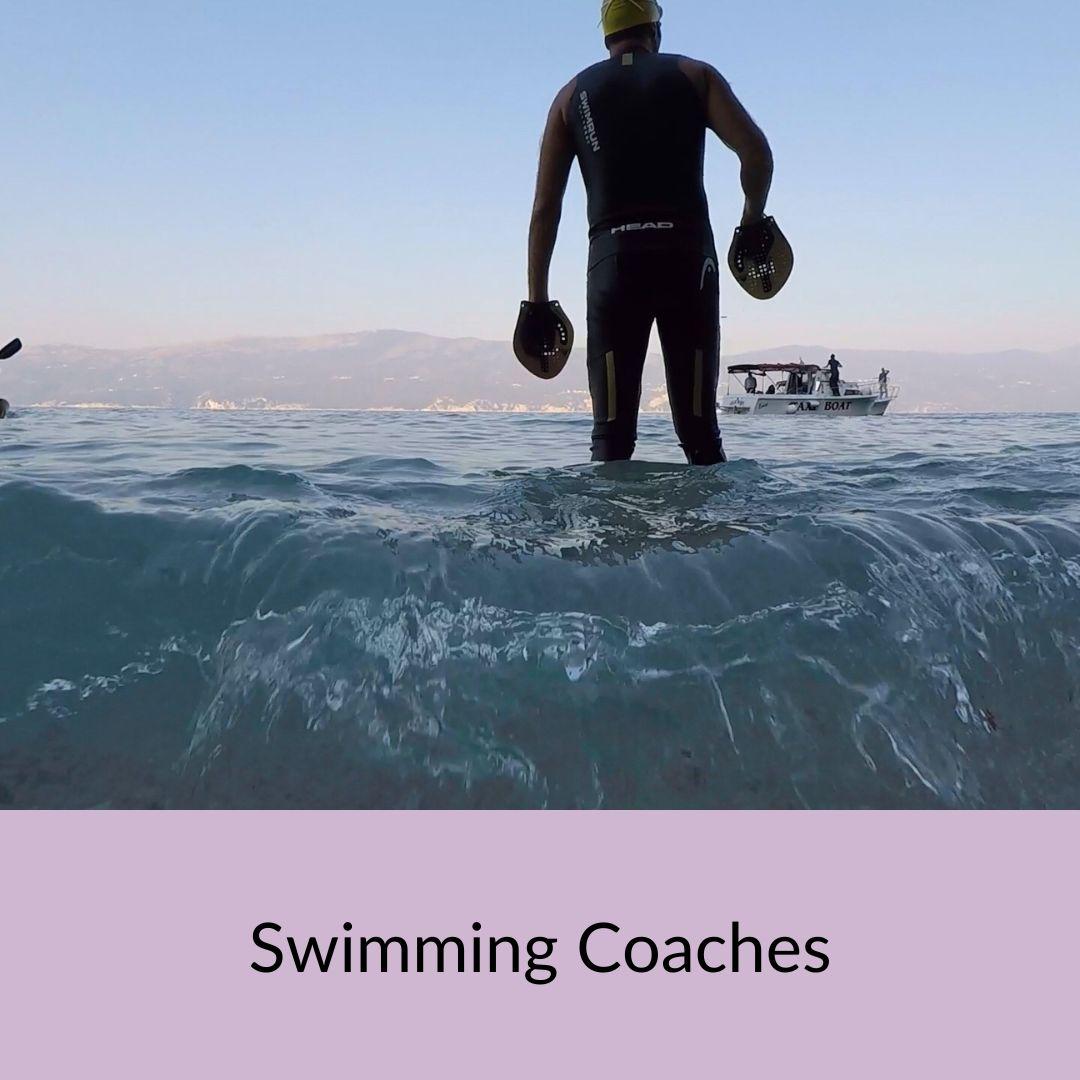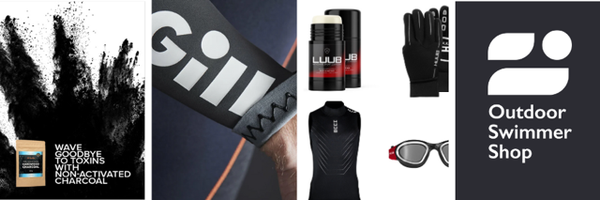Dear fellow swimmers
Why you need to think beyond the thermometer
As outdoor water temperatures rise, it’s tempting to swim further and stay in longer. A recent experience reminded me how
important it is to respect the water, adjust for changing conditions, and listen to your body.
What happened?
Two weeks ago, I swam for 45 minutes in water that was 15.5°C. I felt a little chilly, shivered briefly after dressing, but then warmed up quickly. A week later, with the water
at 16.5°C, I planned for a longer swim of an hour but started feeling cold after just 20 minutes. I cut the swim short at 30 minutes, but I was already shivering as I left the water, and it only got worse as I dressed. Even with layers, blankets and hot water bottles, it took much longer to feel warm again.
What made the difference?
- Cooler air and a stiff northern breeze. This meant I started getting cold before I even got in the water, and lost heat quicker from my arms and back while swimming due to wind chill.
- Cloudy skies and no direct sunlight. I don’t know how much difference having the warm sun on your back makes, but I missed it.
- I was coming down with a bug, which I suspect weakened my cold tolerance.
Lesson learned
Water temperature is important, but it’s not the only factor in determining your safe swimming limits.
Air temperature, wind, sun exposure, and your own health all play a role. If you find yourself getting colder faster than usual, adjust your swim accordingly, even if the water temperature suggests you could stay in longer.




















